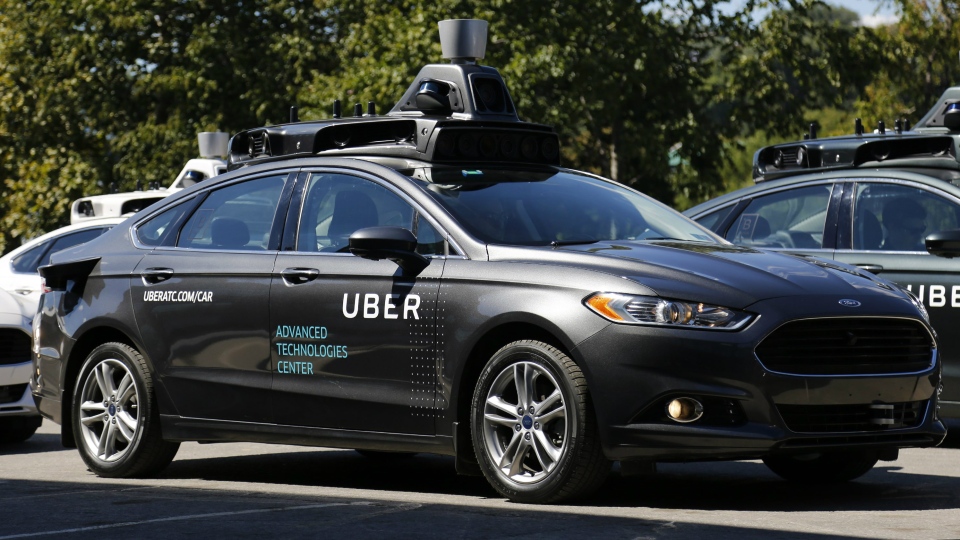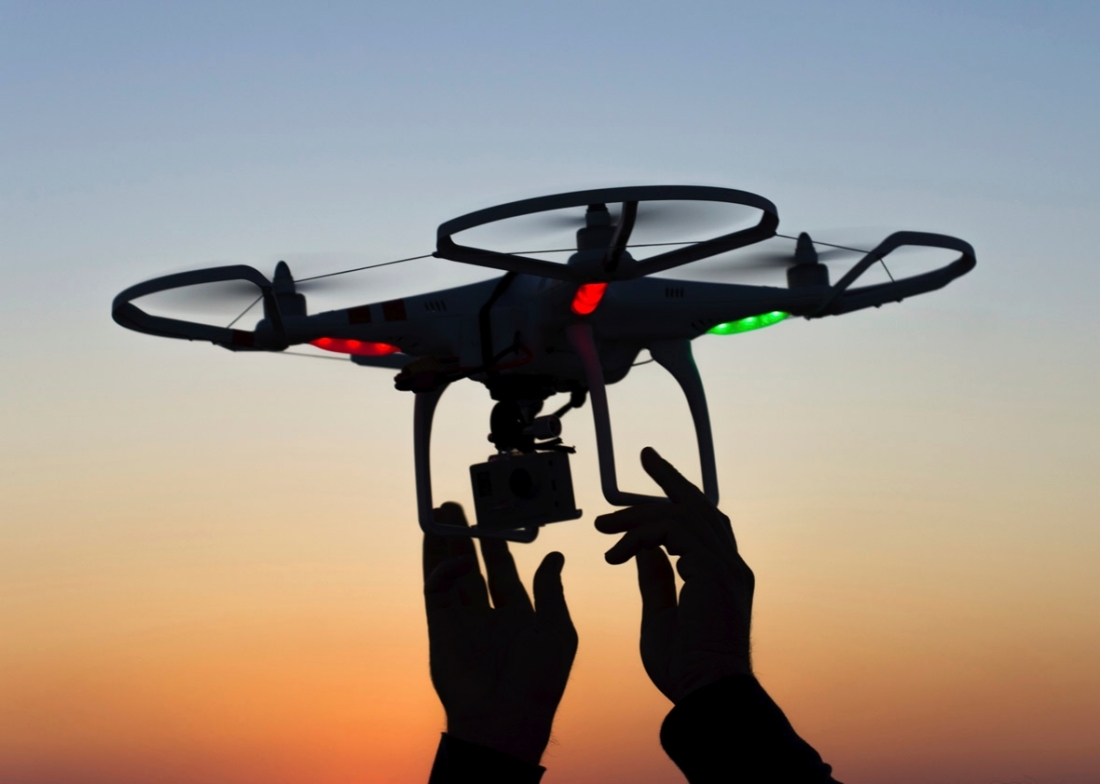The penultimate week of the course. This week we focused on self-driving cars and drone technology.
We started by talking about how the motor vehicle has shaped our urban environments. Cities are designed around cars, street layout, bridges, intersections, tunnels, road signs, traffic lights and more, it is all because of the car. When something new comes along then cities and urban structures will be reshaped again. With autonomous cars we can expect future cities to change dramatically. We discussed a future where people don’t own a car, instead we all share cars that we order on a smartphone. The car picks us up and takes us to our destination and then the car makes another trip to take someone else. Cars will continuously do this, 24/7. They will be electric and also use solar power. The energy they don’t use during the day will be pumped back into the energy grid for people to use in their homes. We will not need to worry about parking spaces and multi-storey car parks, so this space can be used for other buildings and spaces.
Here are two great articles about Uber’s self-driving cars.
Uber’s First Self-Driving Fleet Arrives in Pittsburgh This Month
Here’s What It’s Like to Ride In Uber’s Self-Driving Car

If people won’t own a car in the future this will impact our social lives. Cars are social spaces where people meet, talk, spend lots of time together. Young people traditionally use a car to escape from their parents with a girlfriend or boyfriend, where will young people go to escape in future?
Self-driving cars will eradicate drink-driving, a huge positive. Will an effect of this mean people will drink more when they go out as they know they won’t have to drive home?
Employment will change dramatically. Taxi drivers, delivery drives and more professions will be redundant. Different jobs will be needed. Will driving become more of a hobby and a more popular sport? Driving might be an activity that people do on the weekend for fun!
How will the transition happen? It will be messy and take time. We thought that car insurance may become astronomical to put people off from owning a car so they have to use this new self-driving fleet.
Our attitudes to cars will also change. We won’t care about cars because we won’t own them. We won’t care what type of car picks us up, just like public transport we don’t care what type of bus or train we take, it will be the same with the car.
Driverless cars will also affect the economy. People won’t get speeding fines, parking tickets, pay for parking, councils will lose lots of money, how will they make money in new ways?
Some disadvantages could be the threat of somebody hacking your car with intent to do harm to you. We also voiced concerns of privacy in that via the app people will be able to see where you have been, where you are going, how much data about your trips will be collected and made available? We talked again about the generational gap, people under 55 probably won’t care but people over 55 will not be happy about sharing more personal data.
We talked about cars would make decisions when faced with a choice about who or what they need to crash in to. We talked about the phrase ‘Garbage in, garbage out’, how the algorithms that control this technology will need to work perfectly to prevent crashes. We know that computer systems have a lack of understanding of the world. As humans we are able to understand our environment so much better and we use our experiences to help us build maps and connections of the world. For example, we know if we’re in the wrong place, we have a sense if we get lost or stuck somewhere. Cars follow algorithms and GPS data, if that data is wrong they do not know this, but we do out of instinct.
Now we moved on to the week 9 reading about drone technology.
“UAVs, UASs, RPVs – unmanned air vehicles, unmanned aircraft systems, remotely piloted vehicles – are invading the skies. Everyone calls them drones, ignoring the best efforts of political-correctness enforcers to call them something else. They are the wave of the future in global aviation.”
Commercial drones are now widespread. There are rules and regulations around the use of drones, but we questioned who enforces these rules? Here is a breakdown of the rules for flying drones for fun and recreation in Australia from the Civil Aviation Authority (CVA).
More information can be found here.
We looked at the main uses for drones, these include:
- Aerial imagery
- Inspections
- Survey
- Real estate
- Movie and TV
- Mapping
- Agriculture
I made the point that drones are now being used in education to teach kids to learn coding.

There is some public opposition to the use of civilian drone use. People are concerned about the uses of some drones, such as military use and surveillance. Privacy is an issue with concerns over drones spying on private property and capturing images using onboard cameras. Someone asked if we owned the airspace above our house for example? Someone mentioned the movie ‘Eye in the Sky’ starring Helen Mirren. This film sees drone technology being used to spy on terrorists and potentially to strike a terrorist plot with missiles from a drone. If there is a chance that innocent people would be killed should missiles be launched to kill one or two terrorists? It looks like an interesting movie about the morals of killing with drone technology.

Another use of drones, and in this case a swarm of drones, is this example from Vivid Sydney. A choreographed light and music entertainment experience held in 2016 in Sydney harbour and organised by Intel. Have a look, its amazing!
Next week is week 10 and the final class.